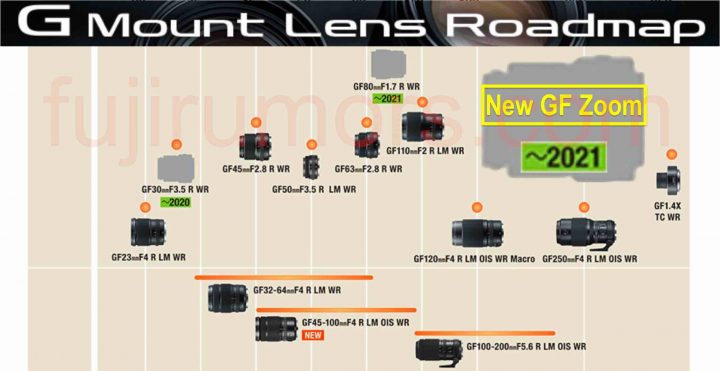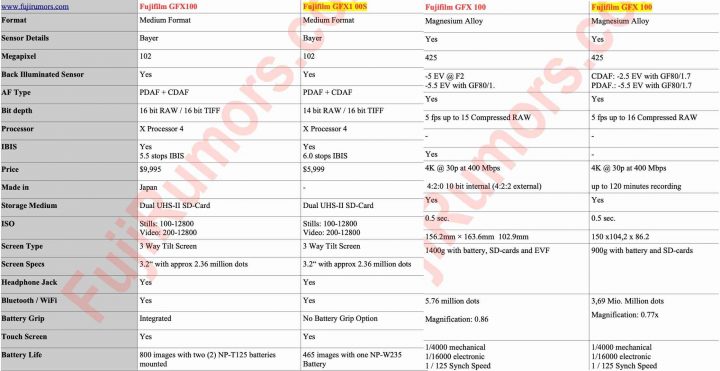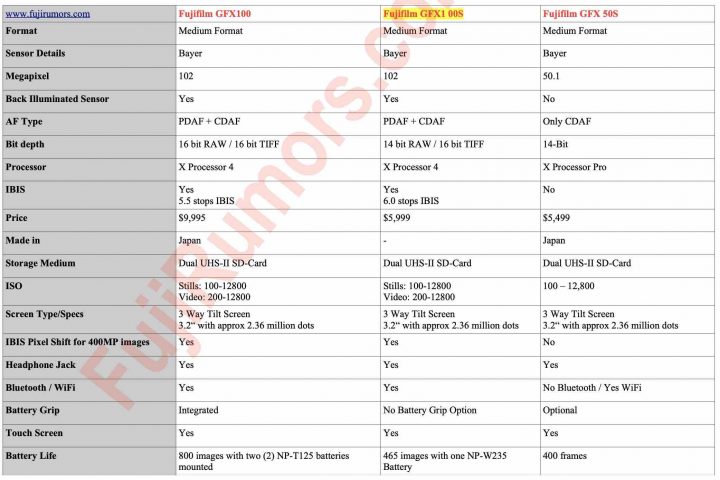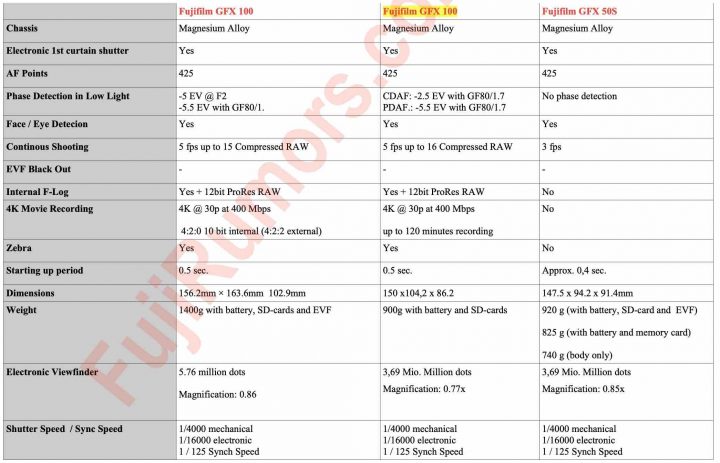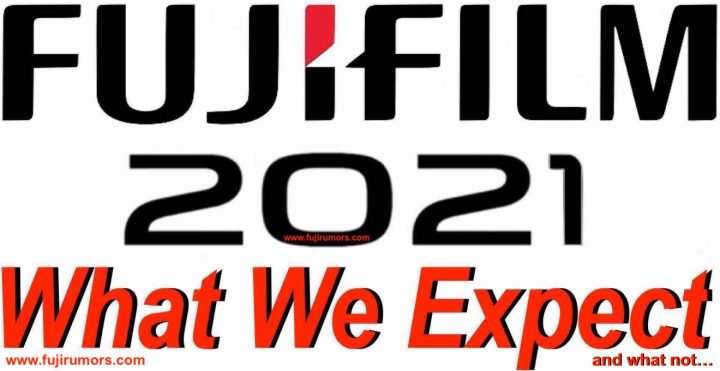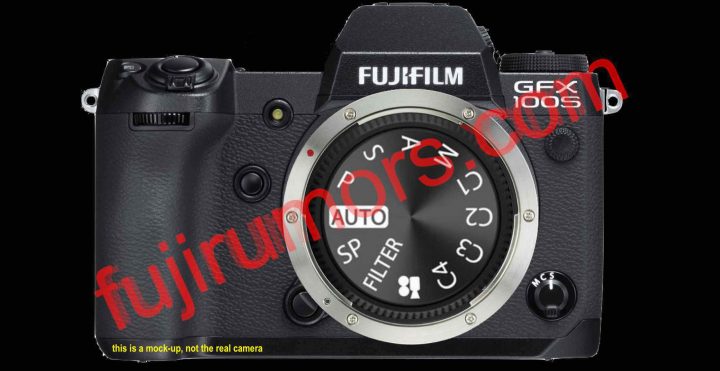Fujifilm GFX100S vs Full Frame Size Comparison (Sony A7RIV, Canon R5, Panasonic S1R, Nikon Z7II)
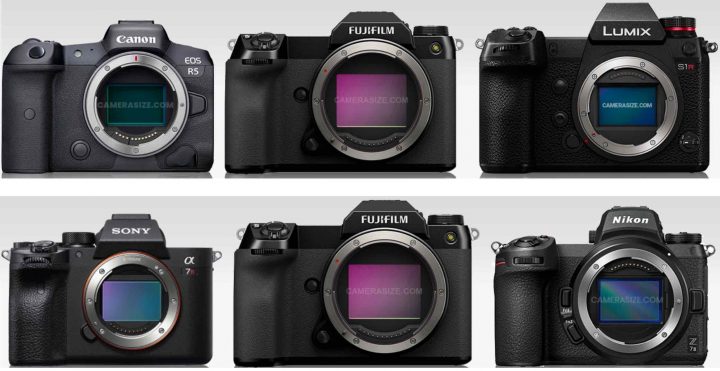
Camerasize added the Fujifilm GFX100S to their database. I used their data to compare the brand new Fujifilm GFX100S vs high end full frame cameras.
- Fujifilm GFX100S: 102MP – $5999 – 70% “fuller” sensor than full frame
- Canon EOS R5: 45 MP – $3899 – Full Frame
- Panasonic S1R: 47 MP – $3697 – Full Frame
- Sony A7RIV: 61 MP – $3498 – Full Frame
- Nikon Z7 II: 45 MP – $2996 – Full Frame
You can see all the comparisons below.
- Fujifilm GFX100S: BHphoto / AmazonUS / Adorama / Focuscamera / Moment
- Fujinon GF80mmF1.7: BHphoto / AmazonUS / Adorama / Focuscamera / Moment
The GFX Community
Follow FujiRumors: Facebook, Flipboard, Instagram, RSS-feed, Youtube and Twitte


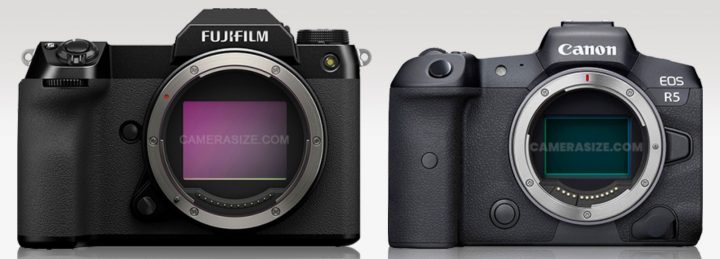

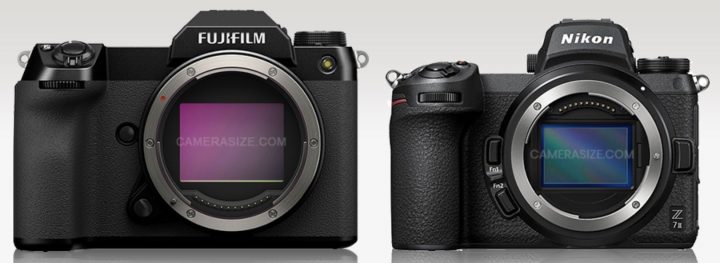

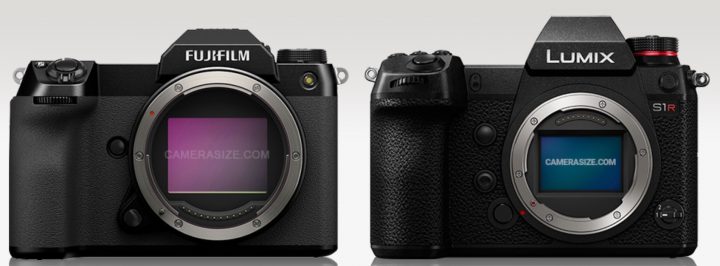

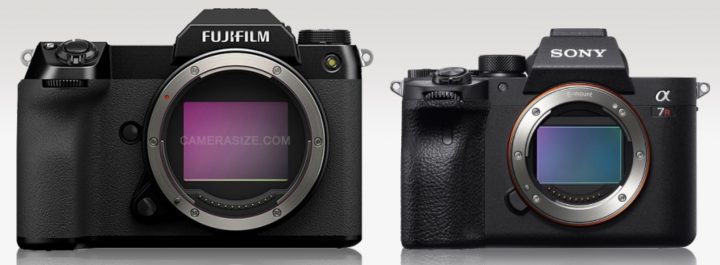

You can make your comparisons at camerasize here.

